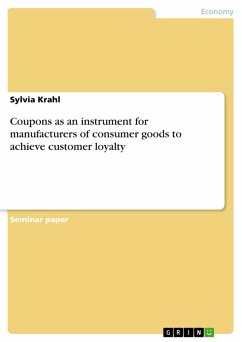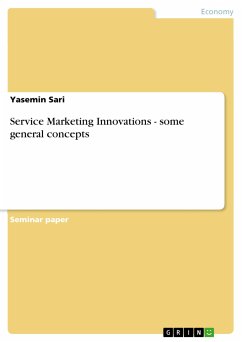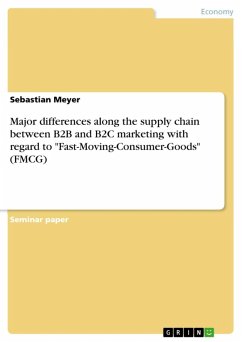Seminar paper from the year 2008 in the subject Business economics - Offline Marketing and Online Marketing, grade: 1,0, University of Applied Sciences Brandenburg, language: English, abstract: If you ever take a trip to the USA and "visit" one of those giant supermarkets, the first thing you will recognize as soon as you get to the cashiers is consumers giving slips of paper to them. The cashiers would scan those slips of paper and the total amount of the consumer's grocery payment will be reduced immediately. Those slips of paper are called coupons and have been very popular in the USA for many years. Meanwhile, coupons enjoy also a great popularity in Germany but still without such a spread as in the USA. In today's world many changes, especially such as the current financial crisis, give marketers the reason to restructure their marketing strategies. They know that consumers not only try to save as much money as possible, they also have much more brands and products to choose of today. As a form of sales' promotion, coupons are an excellent way to attract consumers to purchase more products without having reduced the general price level. But more importantly, they are a very effective way to achieve customer loyalty and marketers know that long-term customer loyalty is more important than ever before to maintain success on the market. This research paper will introduce you to the study of couponing - an impor-tant marketing instrument that is capturing the market everywhere in the world. It explores how manufacturers of consumer packaged goods (CPG) benefit from couponing in regard to their achievement of customer's loyalty. First of all, this research paper gets involved with the analysis of the meaning of couponing and coupons, their classification in the marketing-mix as well as the different types and distribution forms. The main chapter distinguishes information about the history and development of couponing and their first evolution in both countries, USA and Germany. Subsequent the current market situations in the USA and Germany, as well as the latest evolutions of coupons regarding customer loyalty will be demonstrated. In additional, it will look into the significance of coupons to manufacturers in regard to achieve customer loyalty as well as chances and risks that appear with them. A summary and a critical view will build the closing of this research paper.
Dieser Download kann aus rechtlichen Gründen nur mit Rechnungsadresse in A, B, BG, CY, CZ, D, DK, EW, E, FIN, F, GR, HR, H, IRL, I, LT, L, LR, M, NL, PL, P, R, S, SLO, SK ausgeliefert werden.









